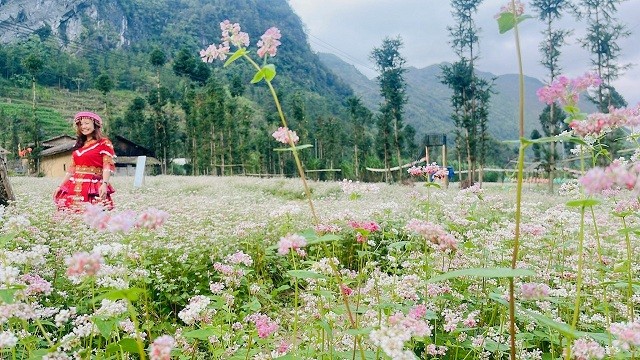
Ha Giang: Silk-like river in deepest canyon in Southeast Asia
As well as buckwheat fields, Ha Giang province also boasts the green Nho Que River, which flows smoothly through majestic mountains all-year-round.
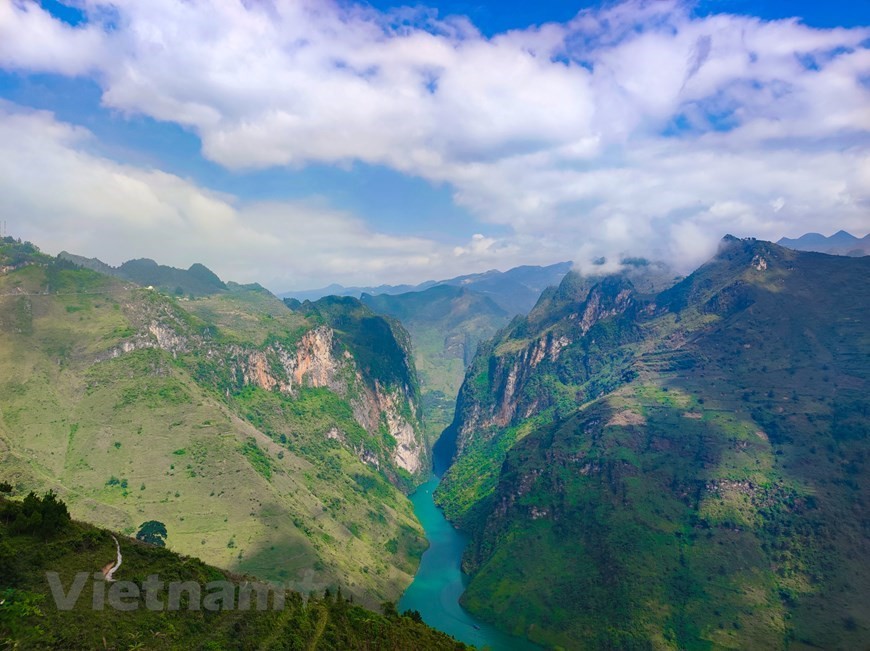 |
| Nho Que is one of the most beautiful rivers in the northern mountainous province of Ha Giang. From above, it resembles a shimmering green thread descending from the sky, hidden in the middle of mountains. (Photo: Vietnam+) |
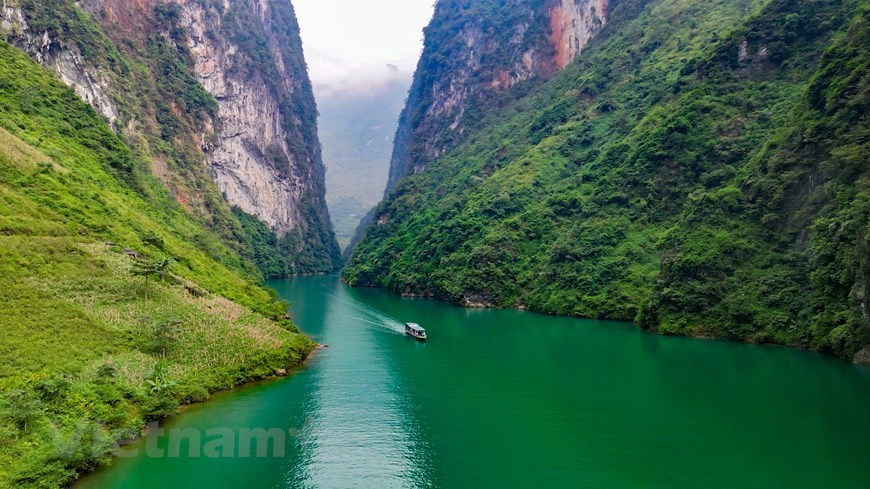 |
| Along with the treacherous Ma Pi Leng, Nho Que River has gained legend status, featuring in poetry and being a symbol of Ha Giang. (Photo: Vietnam+) |
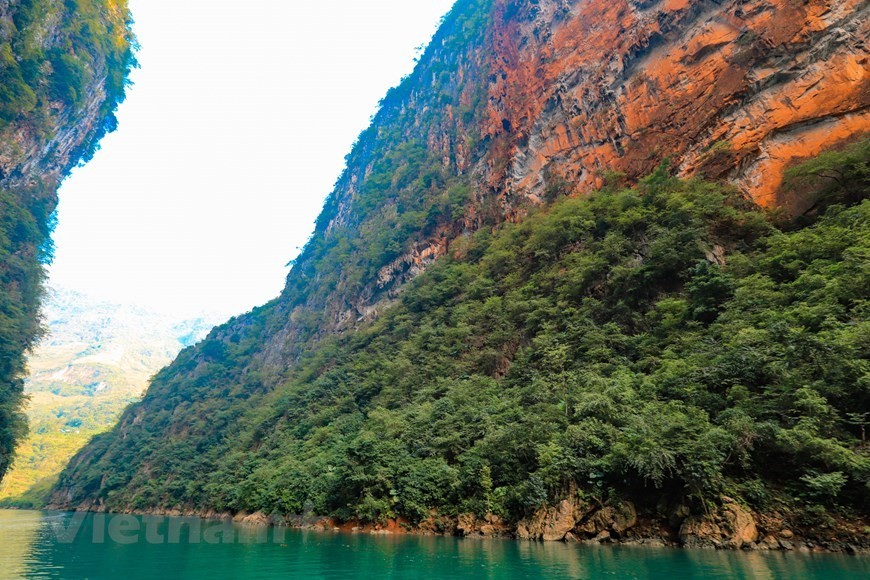 |
| Nho Que River flows from Yunnan, China, through rugged wild mountains before arriving in Lung Cu commune in Ha Giang’s Dong Van district. (Photo: Vietnam+) |
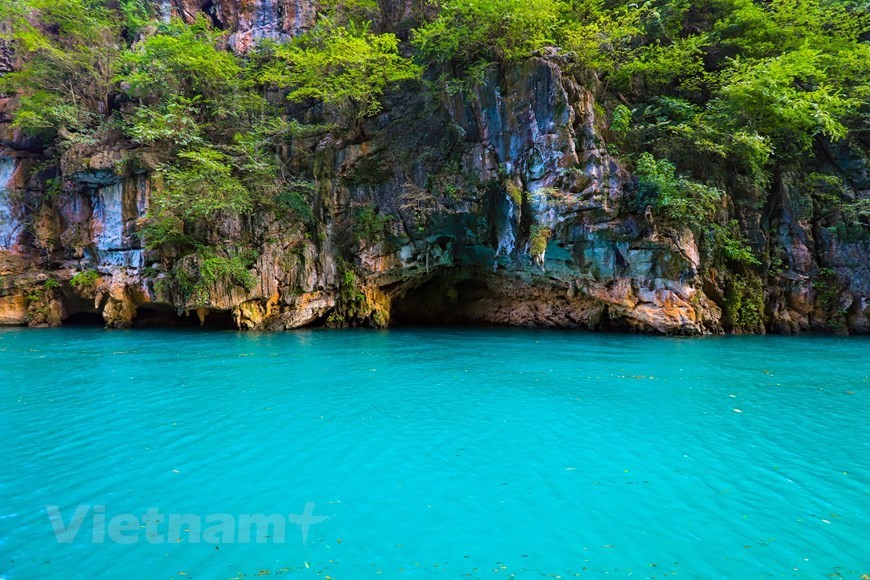 |
| Most of the year, the Nho Que River boasts beautiful emerald-green water, shining between grey rocky foothills and next to dark green patches in a majestic space of old forests, mountains, and clouds. (Photo: Vietnam+) |
 |
| There are two Nho Que riverboat wharfs for visitors to come and experience. One is in Ta Lang village, Pai Lung, and the other is in Xin Cai commune. (Photo: Vietnam+) |
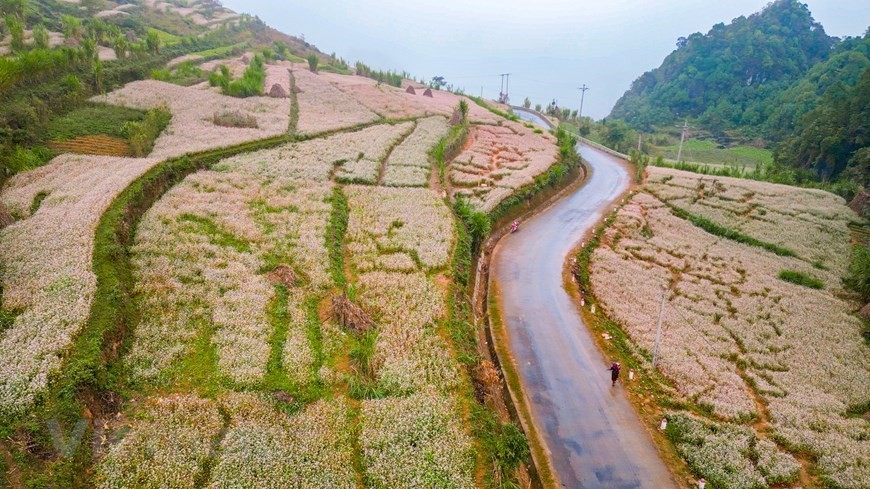 |
| Buckwheat fields along National Highway No. 4C and Provincial Road No. 176 in Ha Giang province. Buckwheat is cultivated for its grain-like seeds, which are used to make speciality food by ethnic minorities in the mountainous region. Year-end is when buckwheat flower fields burst into full bloom, embellishing the beauty of Ha Giang, located in the far north of Vietnam. White and pink flowers cover the hills and mountains. (Photo: Vietnam+) |
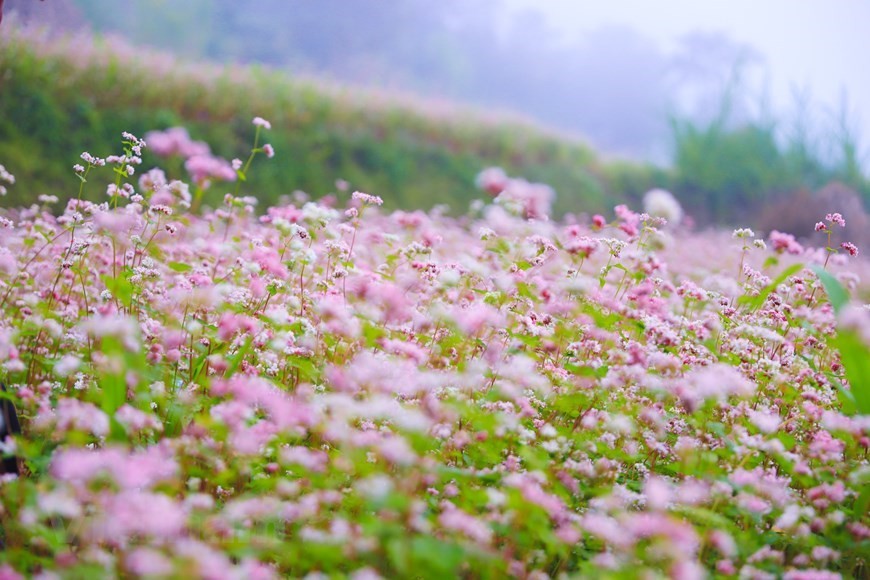 |
| A field of buckwheat flowers in Ha Giang. It is said that Ha Giang is beautiful all year round, and every season promises a different experience for visitors. The mountainous province has a population of 800,000, 90% of whom are ethnic minorities with unique cultures and lifestyles. One of the most beautiful sites in the province is the Dong Van Karst Global Geopark, recognised by UNESCO as one of the 77 sites with important geological and cultural value. The geopark is littered with ethereal karst formations nearly 400 million years old. Most of the Dong Van Karst Plateau's surface is limestone (about 60%). (Photo: Vietnam+) |
(Source: VNA)



